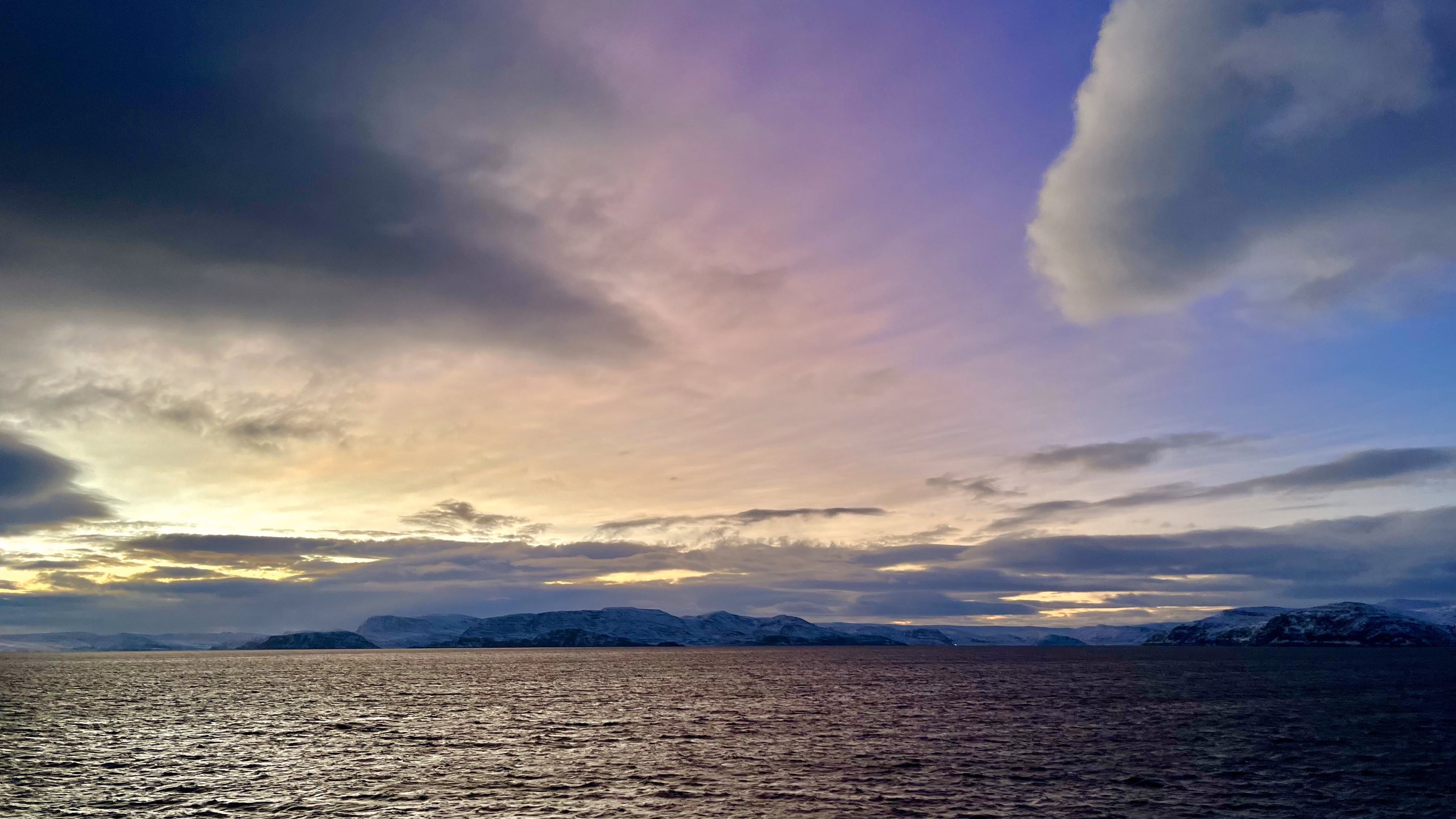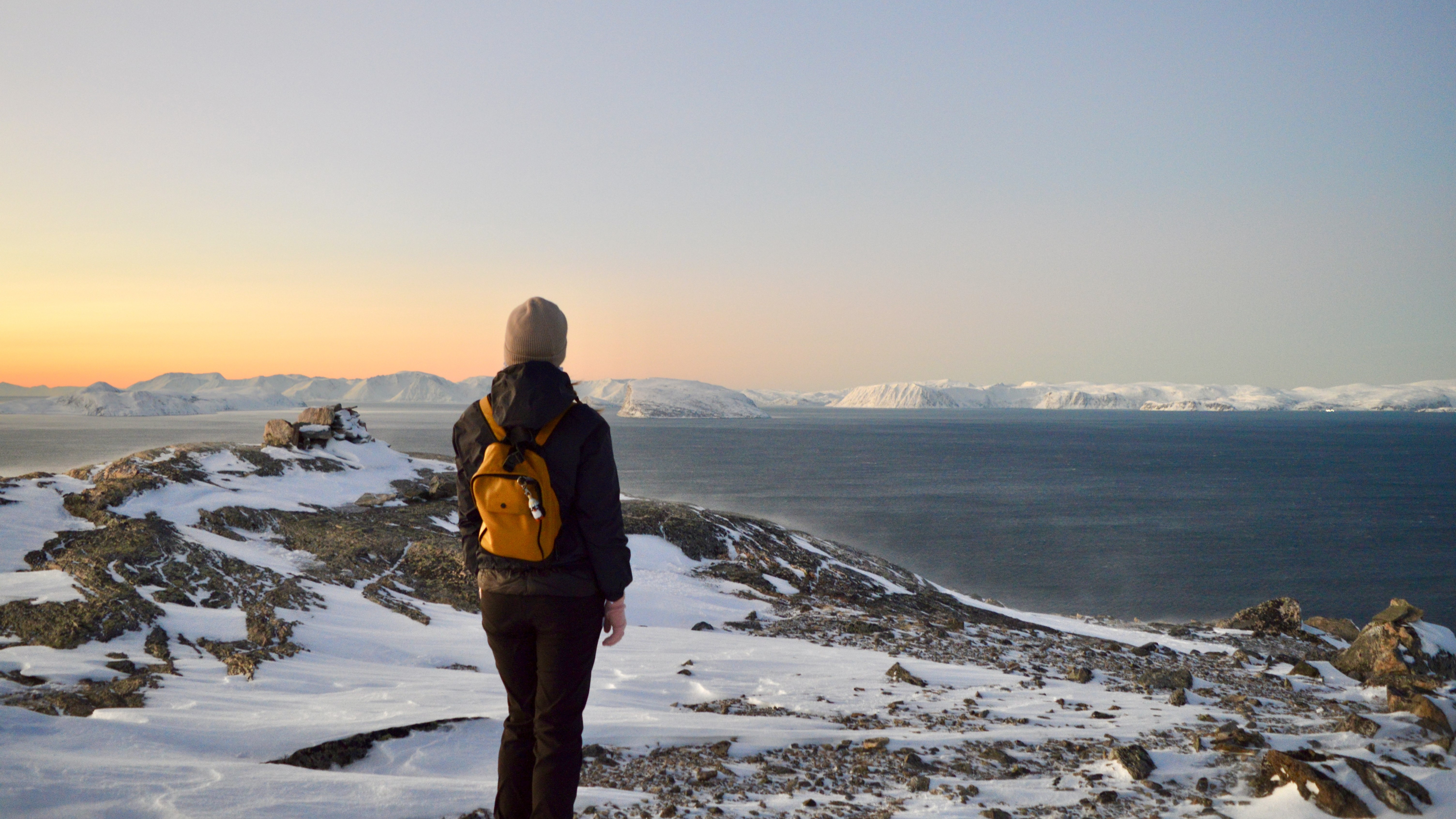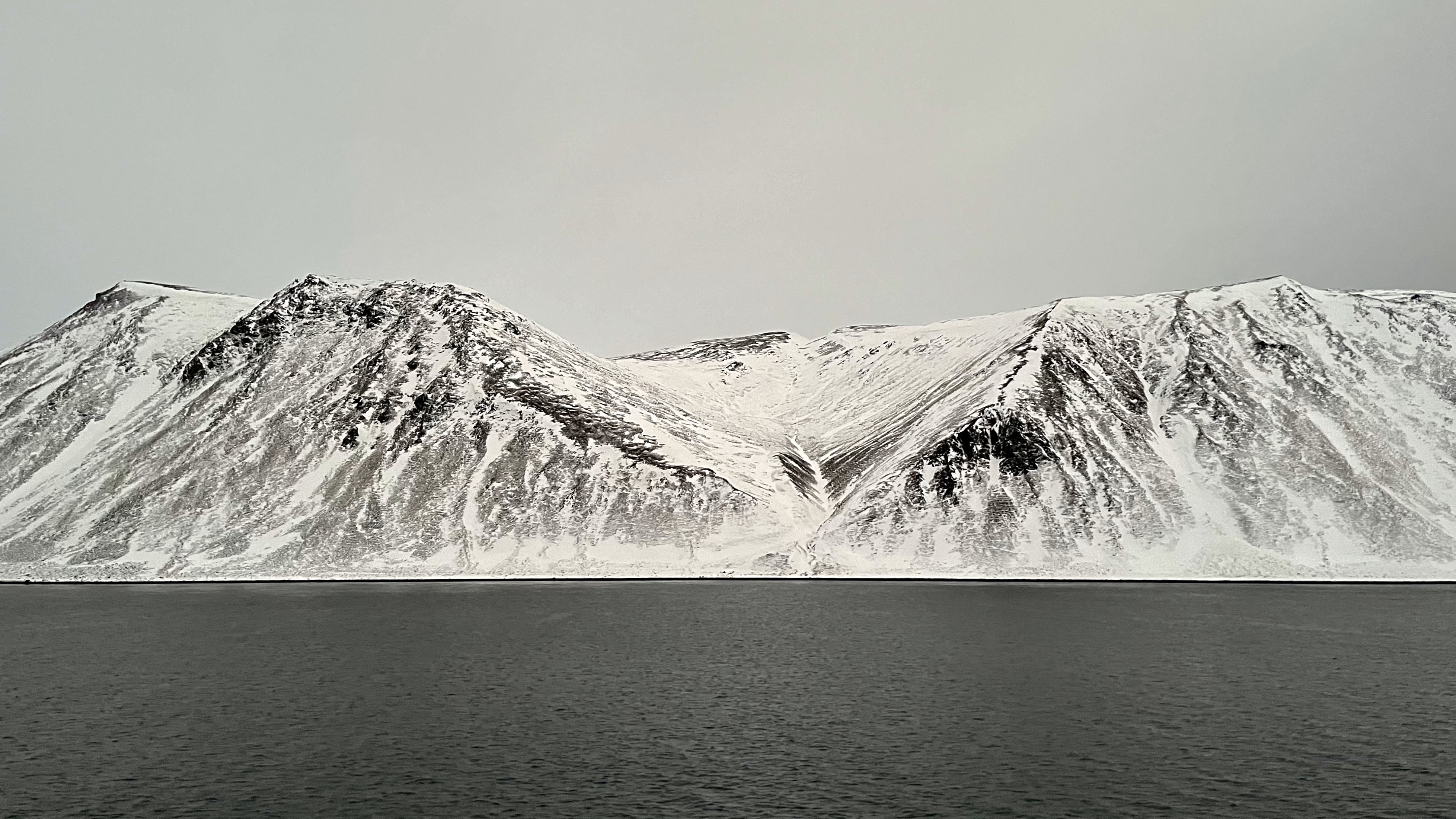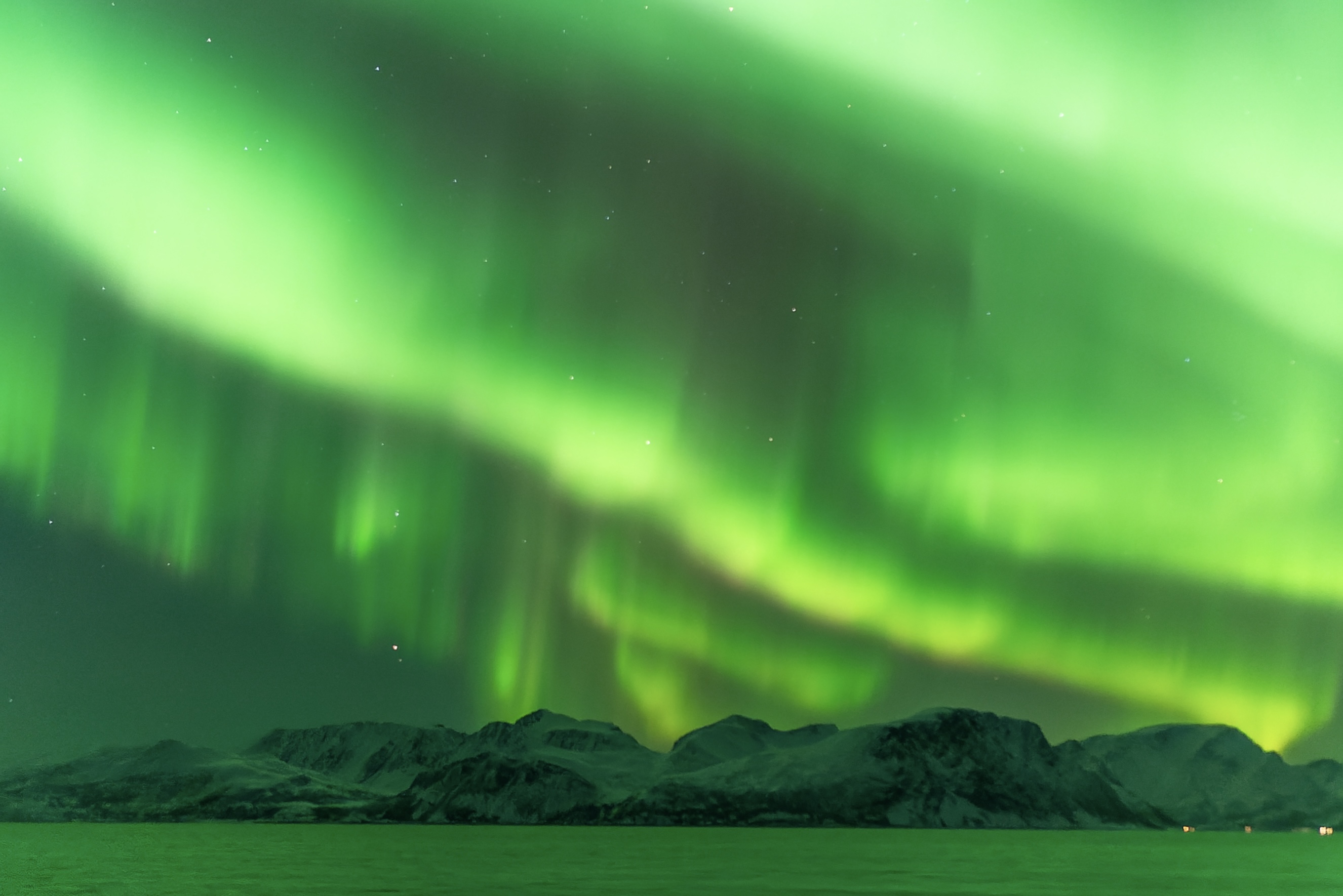
Anyone who has ventured to the far north or south during winter will have experienced the surreal phenomenon of the "polar night," during which the sun doesn't rise.
Most people who have encountered the polar night will have done so in the Northern Hemisphere in either Norway, parts of Alaska, Canada, Greenland, Finland, Russia or Sweden. The only landmass in the Southern Hemisphere to welcome the polar night is Antarctica.
Lucky for me, I got my first true taste of the polar night while on an Astronomy Voyage along the Norwegian Coast with the Hurtigruten Coastal Express. Though I was familiar with the phenomenon and knew what to expect, nothing could have prepared me for the sheer beauty and truly surreal experience of waving goodbye to the sun for over a week.
Related: Aurora hunting: What it's like to chase the northern lights along Norway's dramatic coastline
What is the polar night?
During the polar night, the sun doesn't rise above the horizon. This only happens within the polar circles — the Arctic Circle and Antarctic Circle — during the winter months. For the Northern Hemisphere, the polar night can be experienced between September to March and for the Southern Hemisphere, it's March to September according to timeanddate.
The polar night, and the opposite phenomenon known as the "midnight sun" whereby the sun never sets, are caused by the rotation of Earth while it orbits the sun. Earth rotates on a tilted axis of around 23.4 degrees which means there are periods of the year when the polar circles are either completely obscured from the sun (polar night) or constantly exposed to it (midnight sun).
Is the polar night always dark?







It's a common misconception that because the sun never rises during the polar night it is pitch black the entire time.
Though it was completely dark by about 2 p.m. most days during my Hurtigruten Voyage from Bergen to Kirkenes and back, it wasn't always dark.
For a few hours each day, we were graced with a soft blue light that delicately illuminated the stunning landscape. I have never seen the sky turn so many different colors.
As there is no direct sunlight during the polar night, the slither of light that we experienced was due to the refraction of sunlight through Earth's atmosphere.
The result? A beautiful dreamscape with pink, orange, purple and frosty blue skies.
The long nights were perfect for stargazing and of course, hunting the northern lights which made numerous appearances throughout our voyage.




Belt of Venus
During the polar night, the "Belt of Venus," also known as an "anti-twilight arch," put on quite the show. It is visible during twilight, either just before sunrise or after sunset when the sun is below the horizon.

The atmospheric phenomenon is caused when Earth blocks the sun's rays and casts a shadow along nearly 180 degrees of the horizon. Above the shadow — between 10 and 20 degrees above the horizon — is the Belt of Venus.
The rosy hue is caused when sunlight passes through Earth's atmosphere at a low angle, shorter wavelength blue light is scattered while longer wavelength red light remains, a process known as Rayleigh scattering. When the reddened rays combine with scattered blue light along the shadow's edge, a rosy pink hue is created.
Contrary to what the name suggests, the hazy pink arch has nothing to do with Venus. Well, not the planet anyway. It has been suggested that the name may have been inspired by the girdle worn by the Greek goddess Aphrodite, the Roman counterpart of Venus according to the BBC Sky at Night Magazine.

A remarkable but challenging experience
I thoroughly enjoyed experiencing the polar night but it was not without its challenges.
In just one week I could already feel my body clock had been thrown completely out of whack; feeling hungry at weird times and craving my bed by 3 p.m.
But lucky for me the allure of clear star-studded skies and abundance of northern lights was enough of a draw to keep me awake throughout the long night. That, and the bracing Arctic wind that slapped you in the face the minute you stepped outside.
Editor's note: This article was made possible by travel provided by Hurtigruten.







